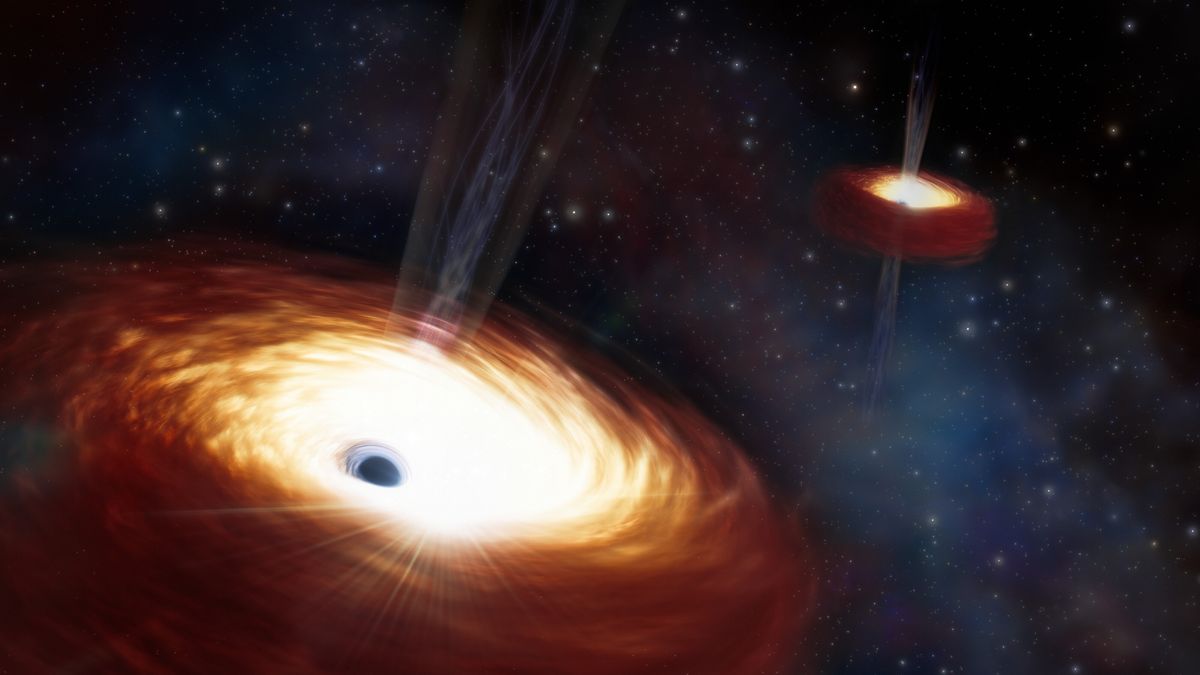Blood, though inside our bodies, becomes visible when we bleed, such as from cuts or nosebleeds.
The Role of Hemoglobin
Blood appears red due to a substance called hemoglobin. Hemoglobin itself is red, giving our blood its distinct color.
But why do we need hemoglobin? Hemoglobin is essential for carrying oxygen in our blood.
Let’s Break it Down
Everyone needs oxygen to survive. Our bodies consist of countless tiny cells, all of which require oxygen from the air we breathe and nutrients from the food we eat.
Cells utilize oxygen and nutrients to generate energy for their functions. For instance, muscle cells need energy to facilitate movement, while brain cells require energy for cognitive activities like learning.
Every time we inhale, we draw oxygen into our lungs. The heart then pumps blood to the lungs to collect this oxygen, subsequently distributing it to all our body’s cells.
Once oxygen is delivered to the cells, the blood circulates back to the heart and lungs to replenish its oxygen supply. Since our cells are continuously active, they constantly require oxygen.
The Transport of Oxygen
So, where does hemoglobin fit into the picture? Oxygen travels within blood through vessels known as blood vessels. However, oxygen doesn’t dissolve well in blood. If oxygen were to circulate in blood alone, air bubbles might form. These bubbles could adhere to the vessel walls, hindering oxygen delivery to the cells.
Fortunately, hemoglobin serves as a carrier for oxygen within our blood, preventing the formation of air bubbles and ensuring smooth oxygen transport.
Think of hemoglobin as a container floating down a river, carrying a stone. The stone itself cannot float down the river, but when placed inside a floating container, it can be transported downstream. Similarly, hemoglobin acts as a red-colored container transporting oxygen throughout our bloodstream.
The Appearance of Blood
Blood can vary in hue, ranging from bright red to dark red. When hemoglobin carries more oxygen, blood appears brighter red.
Thus, blood traveling from the heart and lungs, rich in oxygen, appears bright red. Conversely, after oxygen is delivered to the cells, hemoglobin loses its oxygen, resulting in darker, dull red blood returning to the heart and lungs with less oxygen.
While some veins, visible beneath our skin, may appear greenish-blue, the blood itself is red. This discrepancy in color occurs because our skin alters the color we perceive.
Different Species, Different Blood
Not all animals have red blood. Some, like octopuses and certain lizards, have blue or green blood. This distinct coloration arises from their oxygen carrier, which differs from red hemoglobin, resulting in blue or green blood.







)
